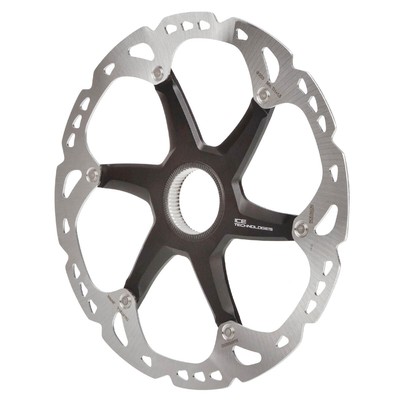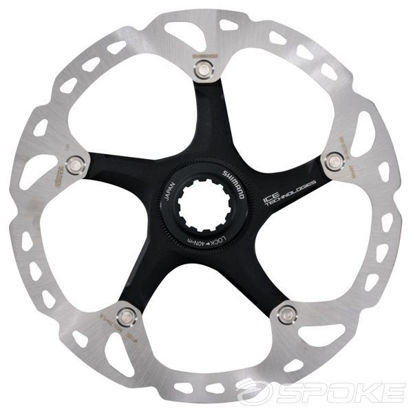
It is possible to adapt a 6-bolt to a center-lock rotor, but it is not possible to adapt a center lock to 6-bolt. 6-bolt rotors are fastened with 6 bolts, while center-lock rotors are fastened with a lockring with either external notches or internal splines. Rotor Selection Considerationsįirst and foremost, the rotor and hub should have the same interface. Check with the manufacturer for more information. If you are changing rotor sizes, you will likely need to make changes to your calipers or adapter as well. In general, you will want to replace a rotor with one of the same size. Otherwise, you will need a suitable measuring device for measuring the outer diameter. Sometimes the size will be listed on the rotor. However, there are a few outliers that could apply to you, so be sure to double-check by measuring. There are 4 main sizes commonly used in the bike industry: 140, 160, 180 and 203mm.
#Disco xt centerlock upgrade
Perhaps you just want to upgrade to a better quality or larger diameter rotor. See our Disc Brake Rotor Truing article for more information.

Re-bending is possible in some cases, but replacement is sometimes the best option. Damaged / Bent RotorĪ bent rotor will be audible (rhythmic rub or noise as the wheel rotates) or visible (a lateral deviation as the rotor passes through the brake caliper). This measurement can be compared to an unused section of the rotor or to the manufacturer's recommendationĪ utility pick makes it easier to feel a "step" on the edge of the rotor braking surface 2. If the rotor is worn out, check to see if the pads are also worn, and replace them if necessary - see Disc Brake Pad Removal & Installation. If it feels rough or has a step at the end, this indicates a significant amount of thinning, and you will need to replace the rotor. You can also estimate replacement limits by running a pick or paper clip across the braking surface.


Appropriate wrench (usually T25 Torx® compatible).


 0 kommentar(er)
0 kommentar(er)
